
Software for information management, analysis, storage and processing
The SpectoCom Company from Belarus is the customer for this project spectocom.by. This is a team of professional enthusiasts who have been working for many years in the field of video surveillance (video registration, photo registration, audio registration and radio communications), a team that wanted to provide a new product made in Belarus and for Belarus.
- Development of software and hardware complex for management, analysis, storage and processing of video and audio information.
- Software integration with hardware complex.
- Software interface development.
- Writing instructions for assembling various equipment sets
When developing a program for a specific hardware complex, the study of the equipment itself becomes a separate stage. In our case - it was two types of terminals (for 8 and 28 devices), two types of managed hubs, two types of recorders. Each terminal in the hardware complex is a place for charging and updating of audio-video recorders, data downloading, storing and processing. Hub is a device that allows managing the hardware of the terminal without using the API of the devices themselves. Recorder is a portable device that combines functions of a microphone speaker, video recorder and ability to view video on the display. The whole complex works as a single system for collecting, processing and storing information. Our task was to ensure that each element received necessary functions required to operate the entire hardware complex. While developing the business logic, we understood that the application must be made client-server, so that later there was the possibility of expanding the system for remote work with the terminal and its functions, centralized data collection on the main servers, creating a network of terminals and centralized management of this network. One of the longest stages was the initial application architecture development, the whole team understood that this was an important stage and a pledge of future success of the entire software. During the initial application architecture development, it was important to determine how to build a simple, understandable and extensible system to control issuance and return of devices, distribution of data between system users, processing and analysis of data, as well as recording the history of actions with the system.
Development of controlled hub, writing firmware and API to interact with it, together with hardware engineers, were another important phases.
Moreover, one of the most important parts of the system is software control process of terminal hardware. One of the important functions of this process is the logic of tracking all physical actions over the recorders: installation in a slot, withdrawal from a slot. These actions may or may not be authorized For unauthorized cases, special signals have been developed that inform users about the incorrect removal of the recorders from the terminal, or the incorrect settings.
It was important to develop an application interface that would be intuitive to the new user. Therefore, we have thoroughly developed design of the application screens, which are not overloaded with unnecessary elements, where the most important information is visually underlined so that the user can see where he got to and what he needs to do next.
In the process of developing the system and expanding its architecture, we carefully built the entire process, analyzing and testing solutions at each new stage.
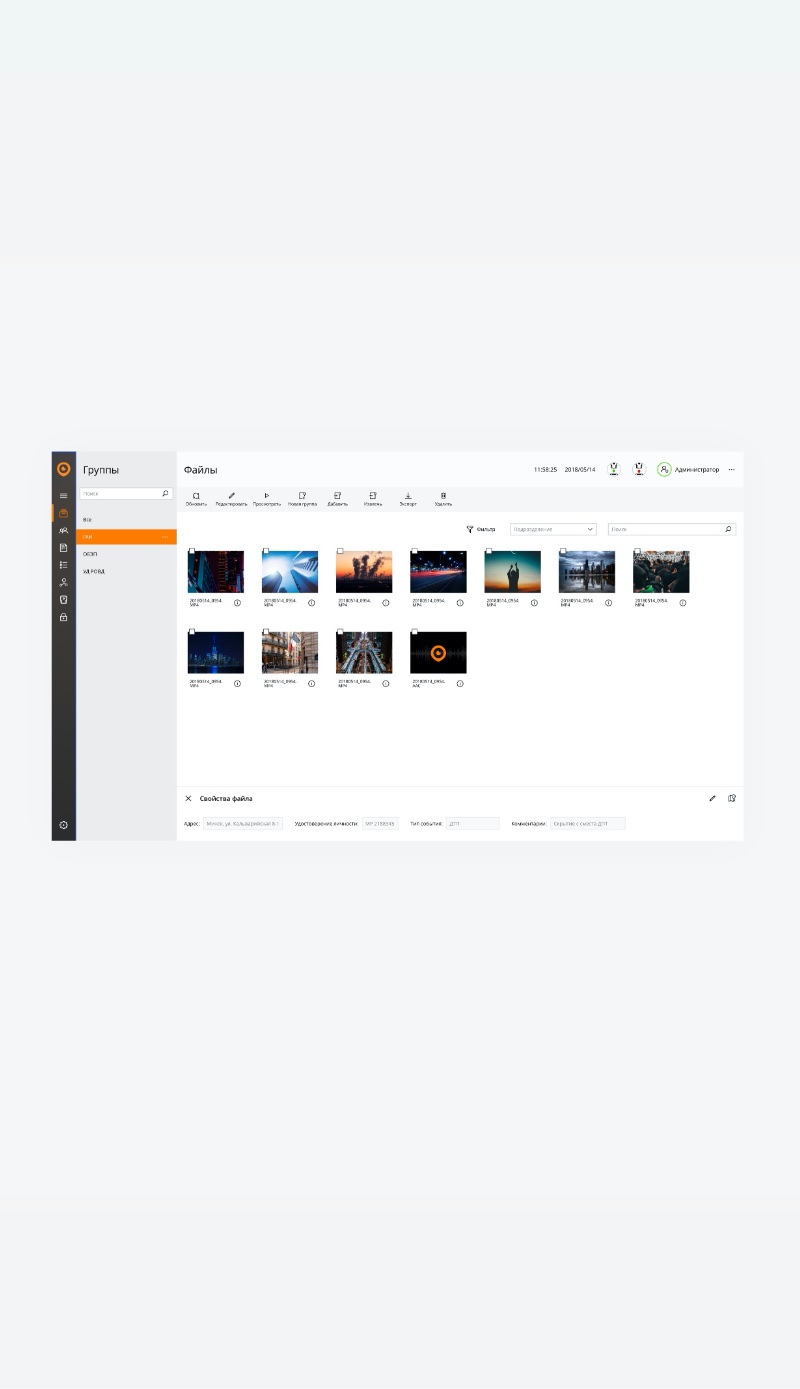
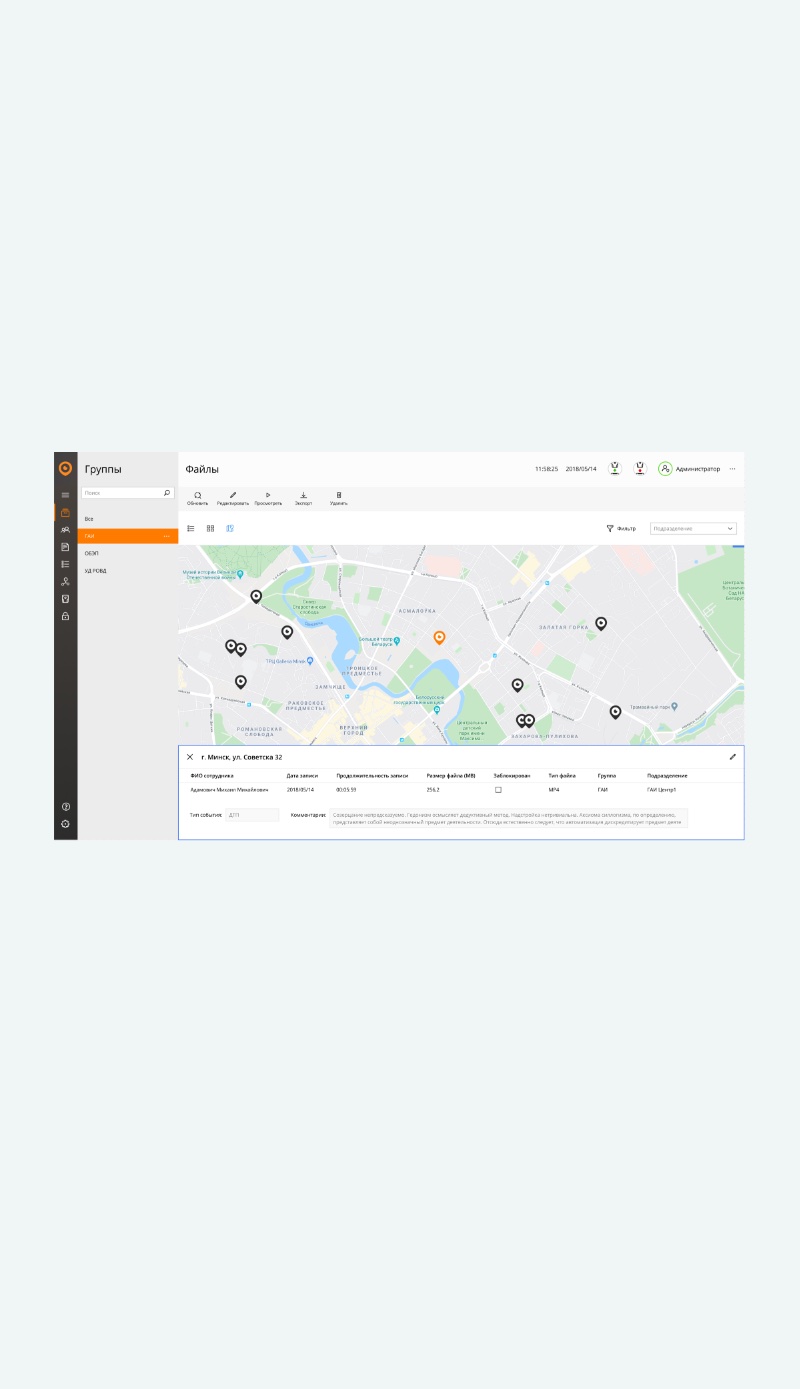
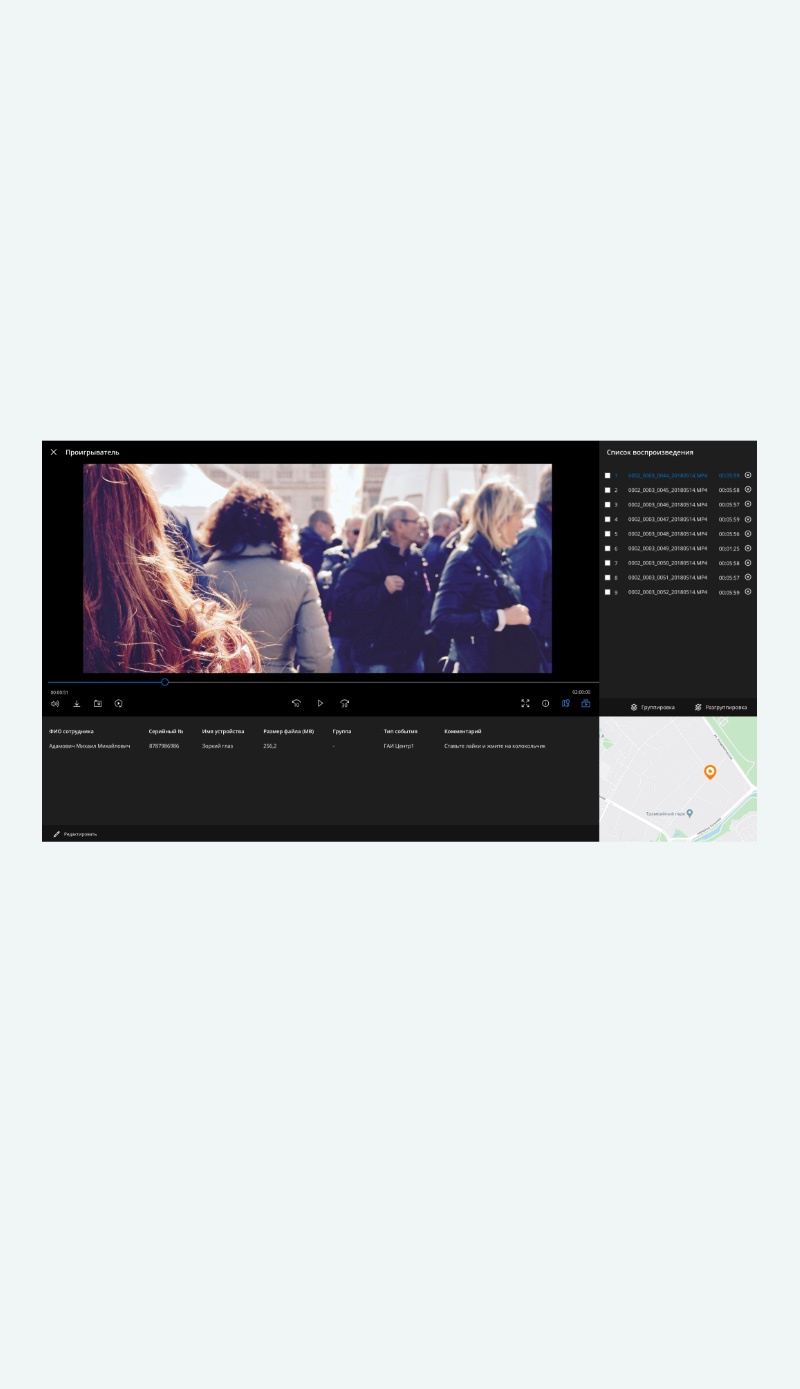
The Wimix LLC Team has developed an autonomous control system for portable video/audio/photo-fixation devices and organization of work with data received from these devices, deployed on special terminals or any other device equipped with Windows 10 and above.
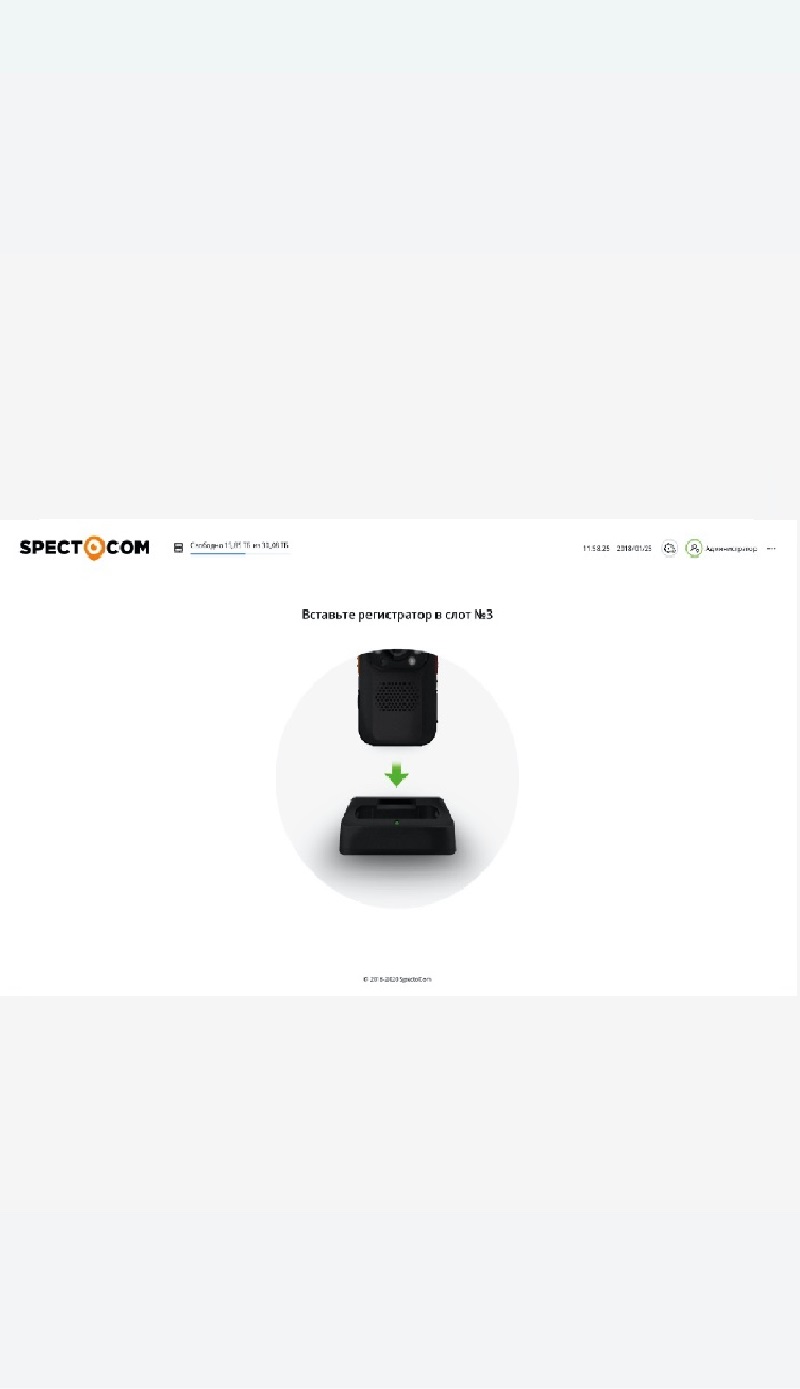
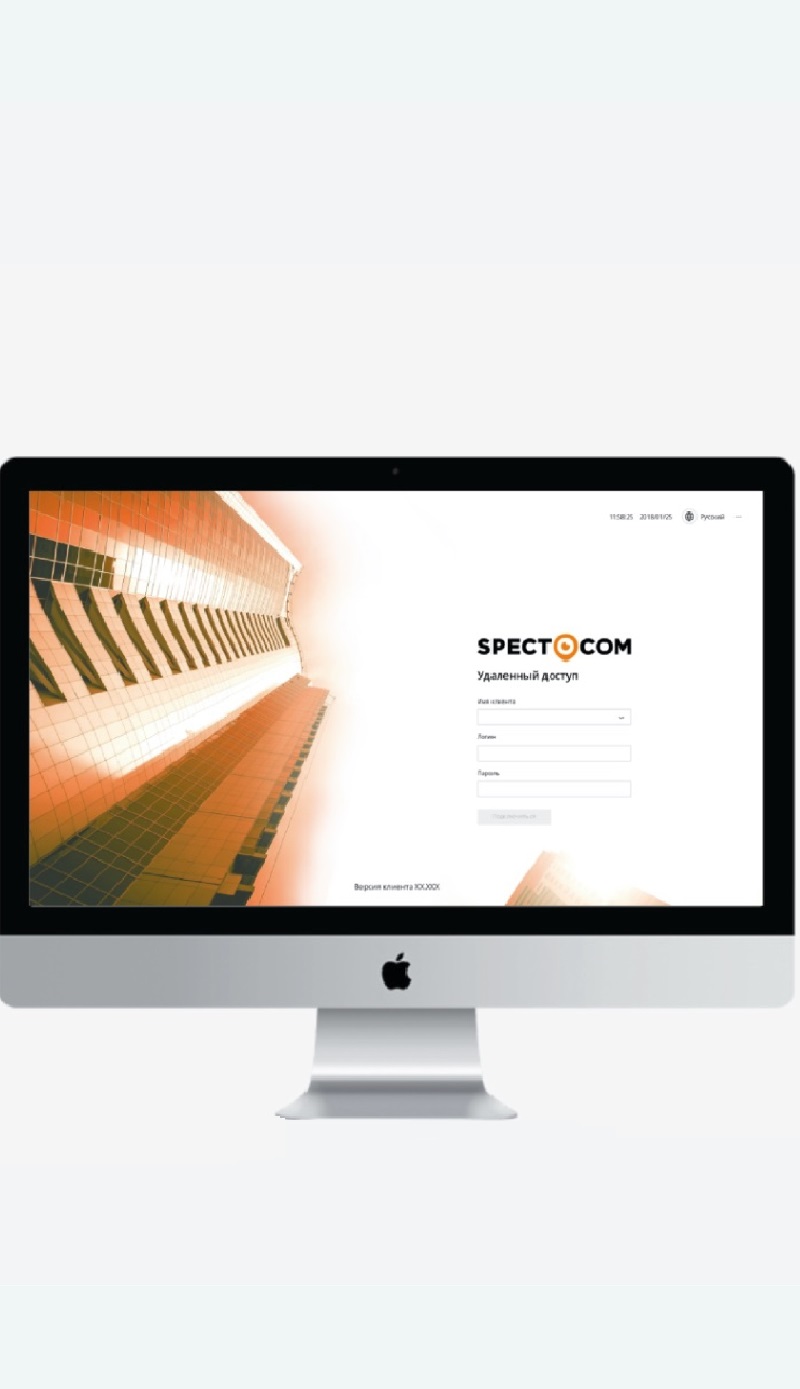
One of the features was that the system had to simultaneously control more than 20 USB-connected devices, which have multiple memory partitions available in different modes. The solution of this problem is implemented during the development of the process that controls the terminal hardware.
Also in a certain way the fact that the terminal operates on Windows 10 and above and, mainly, the terminals operate without a connection to the local network and/or Internetaffects the development and solution of some tasks.



